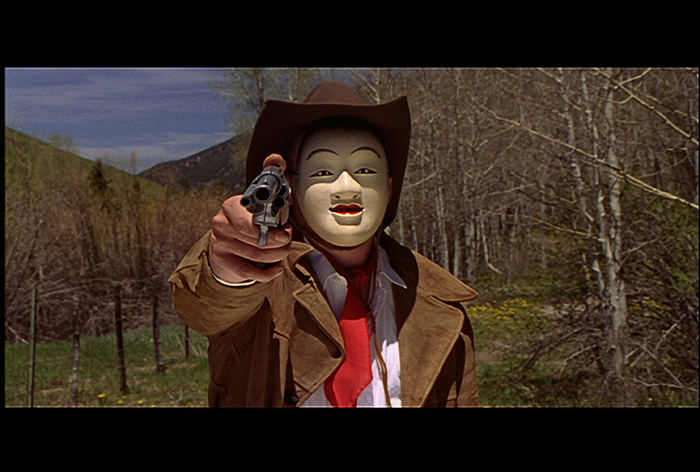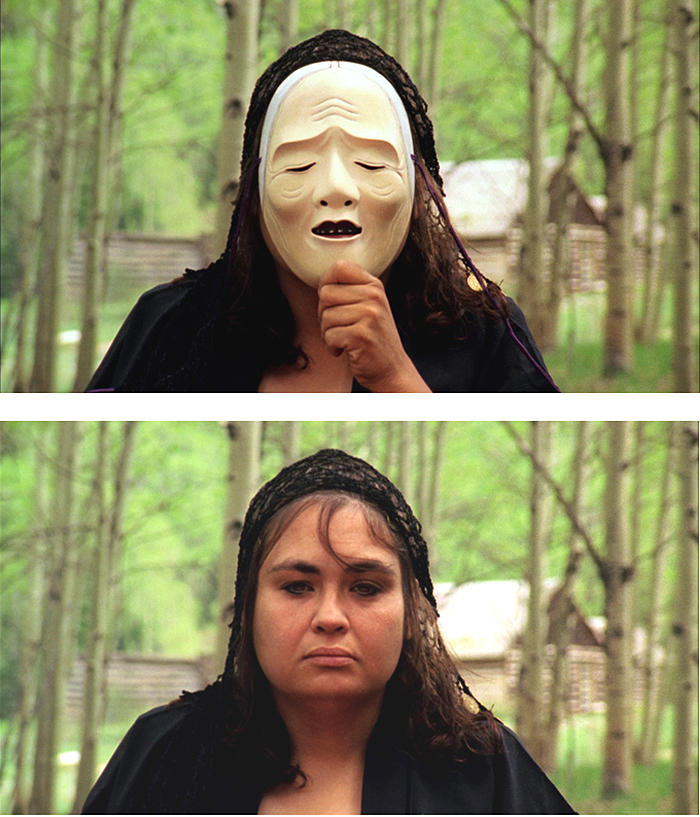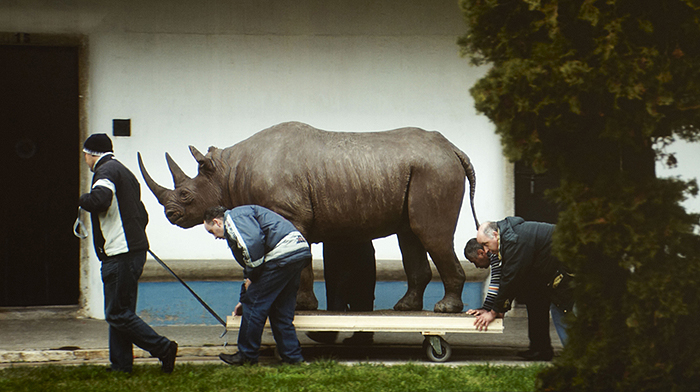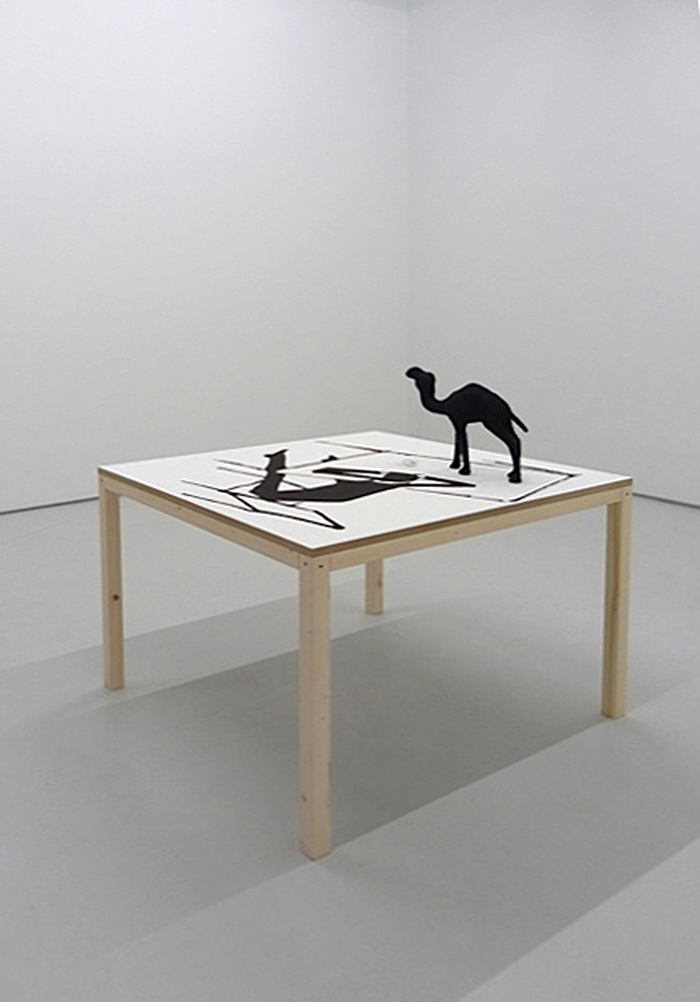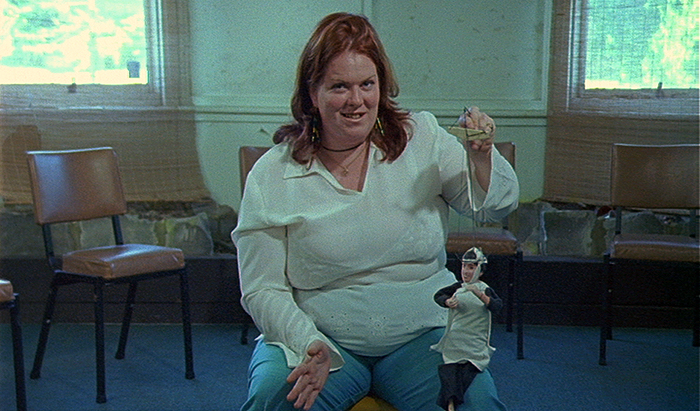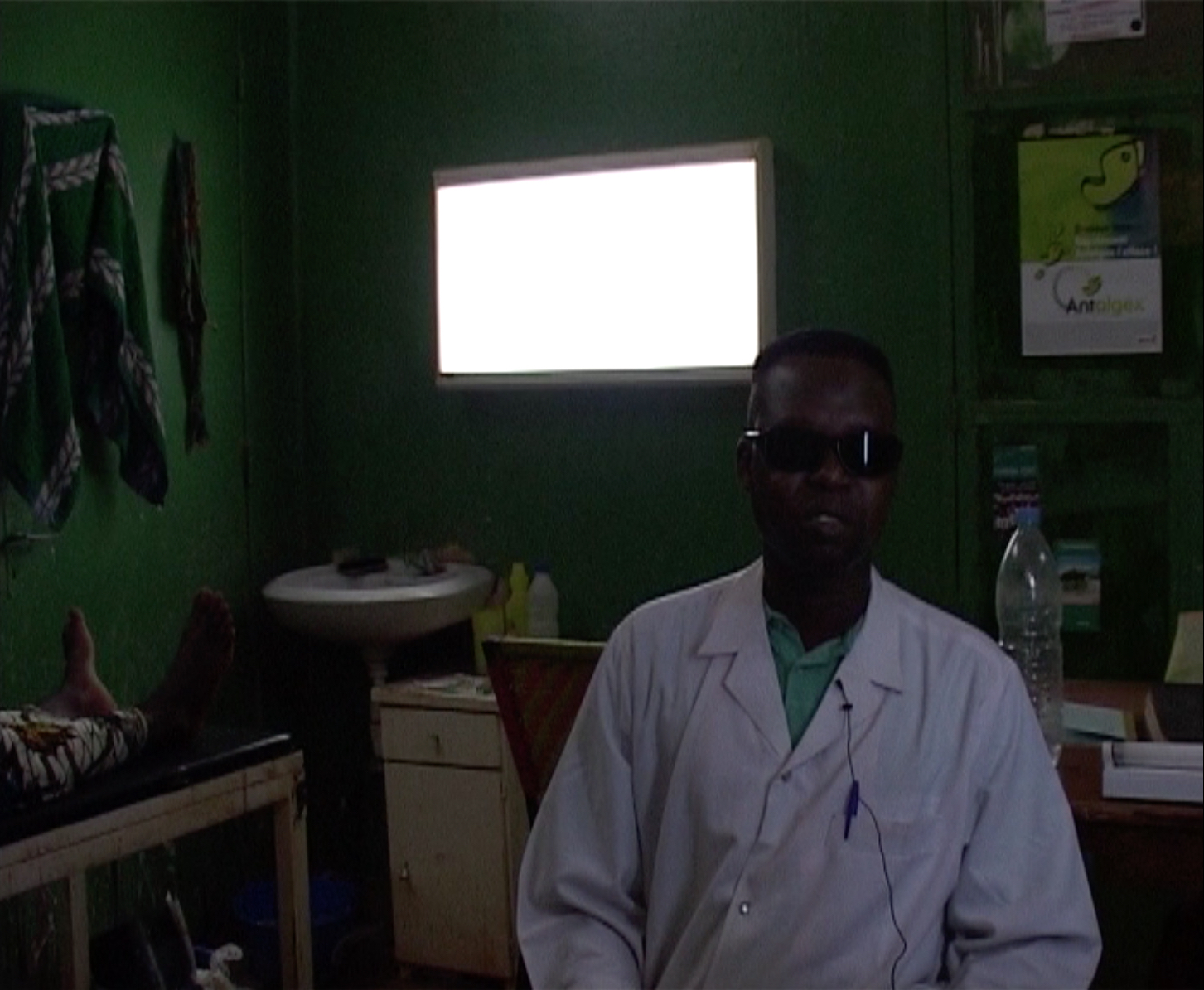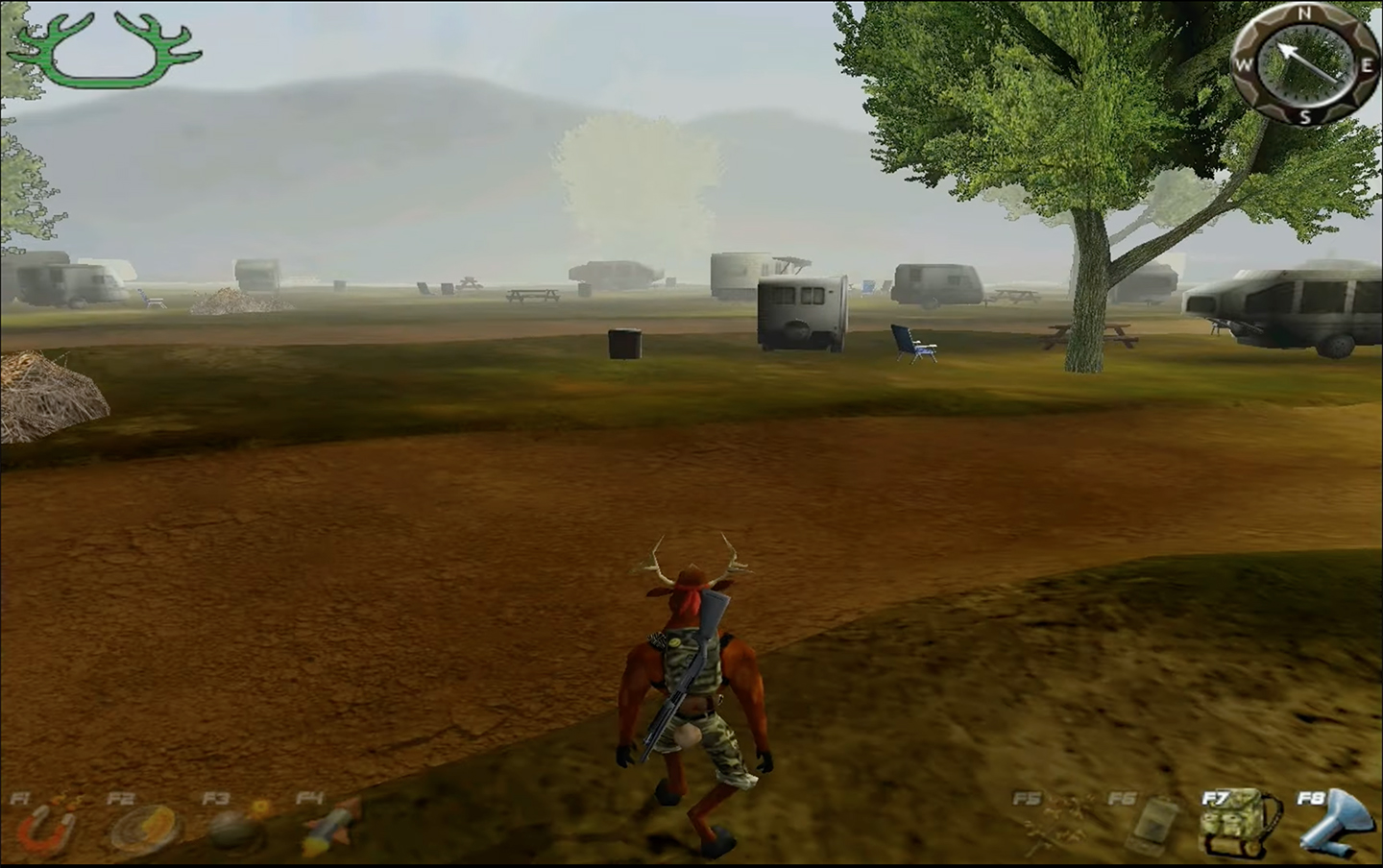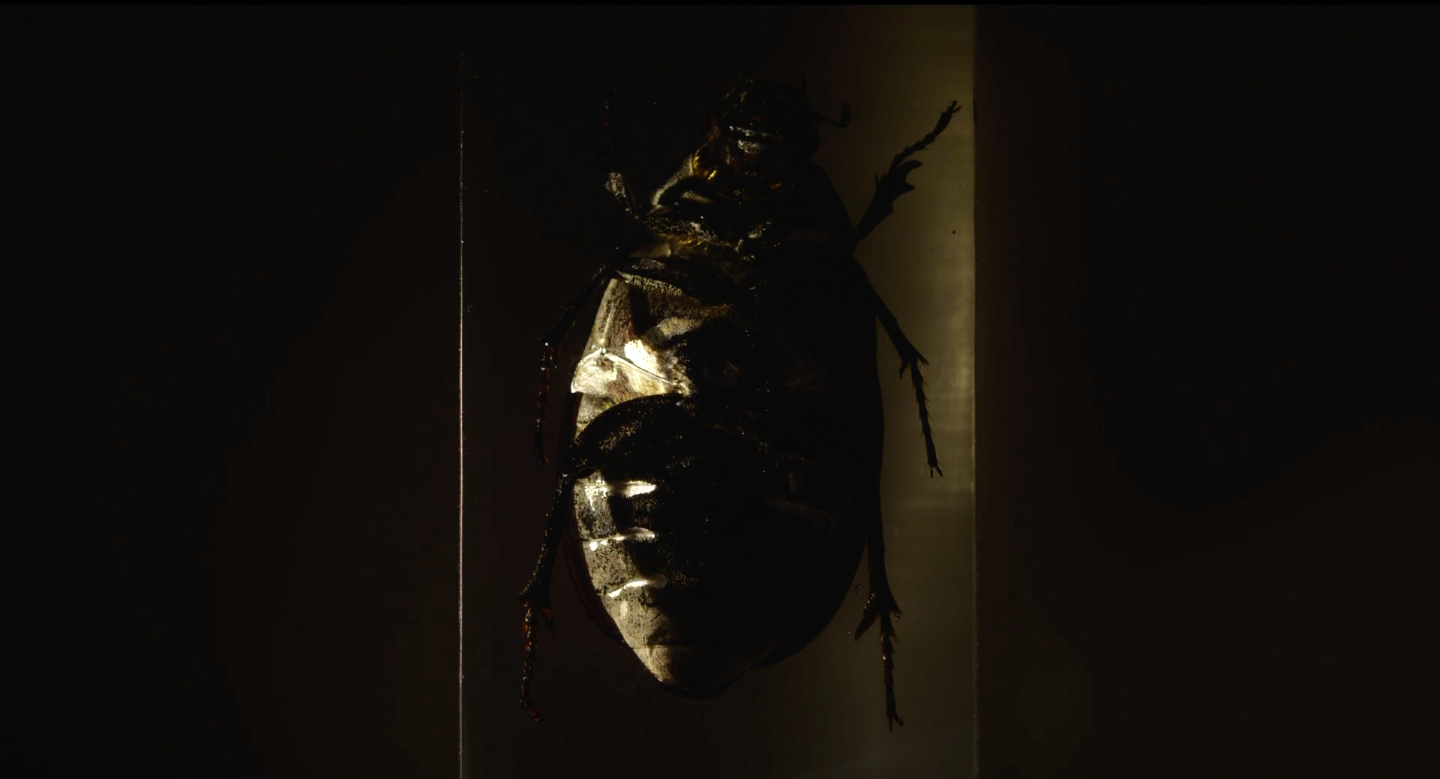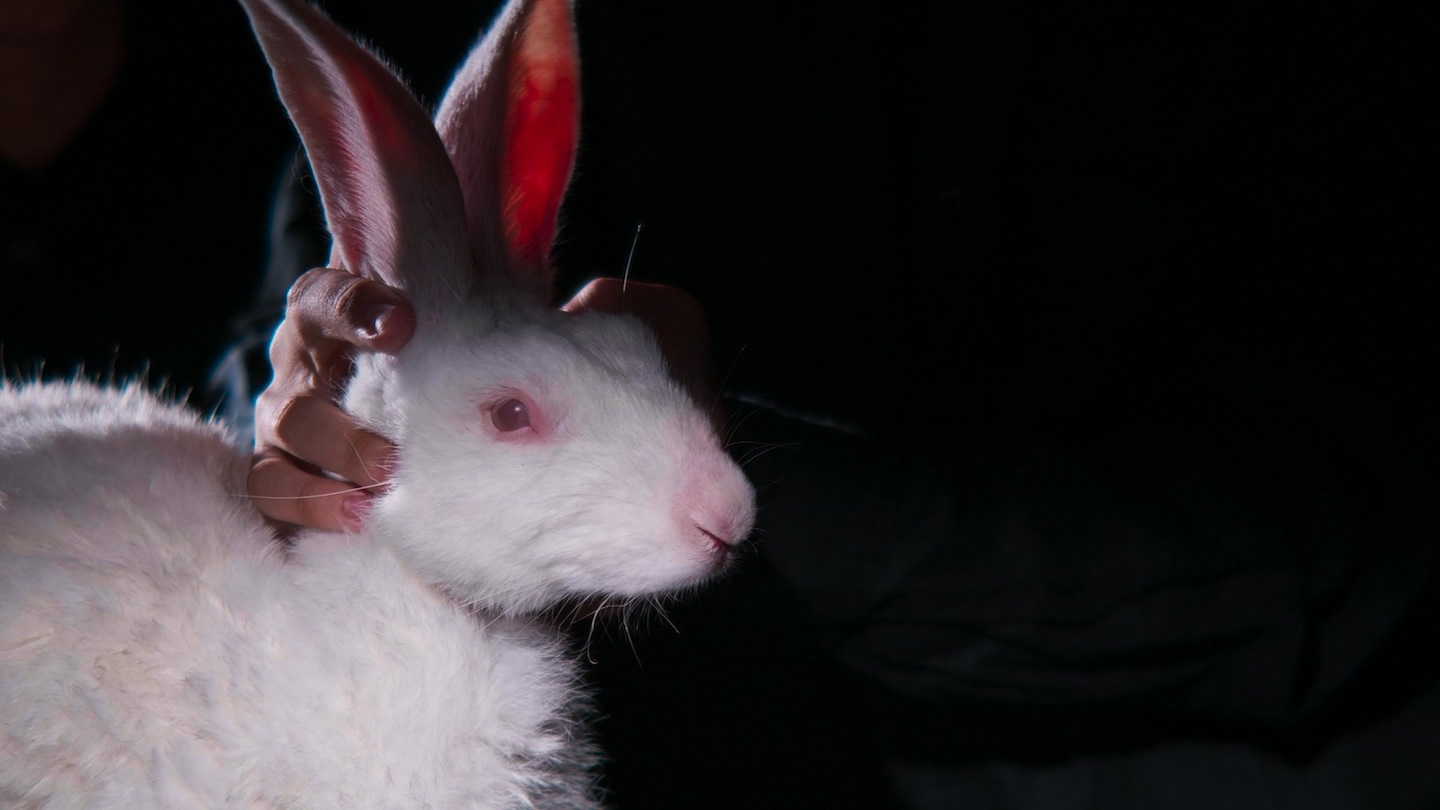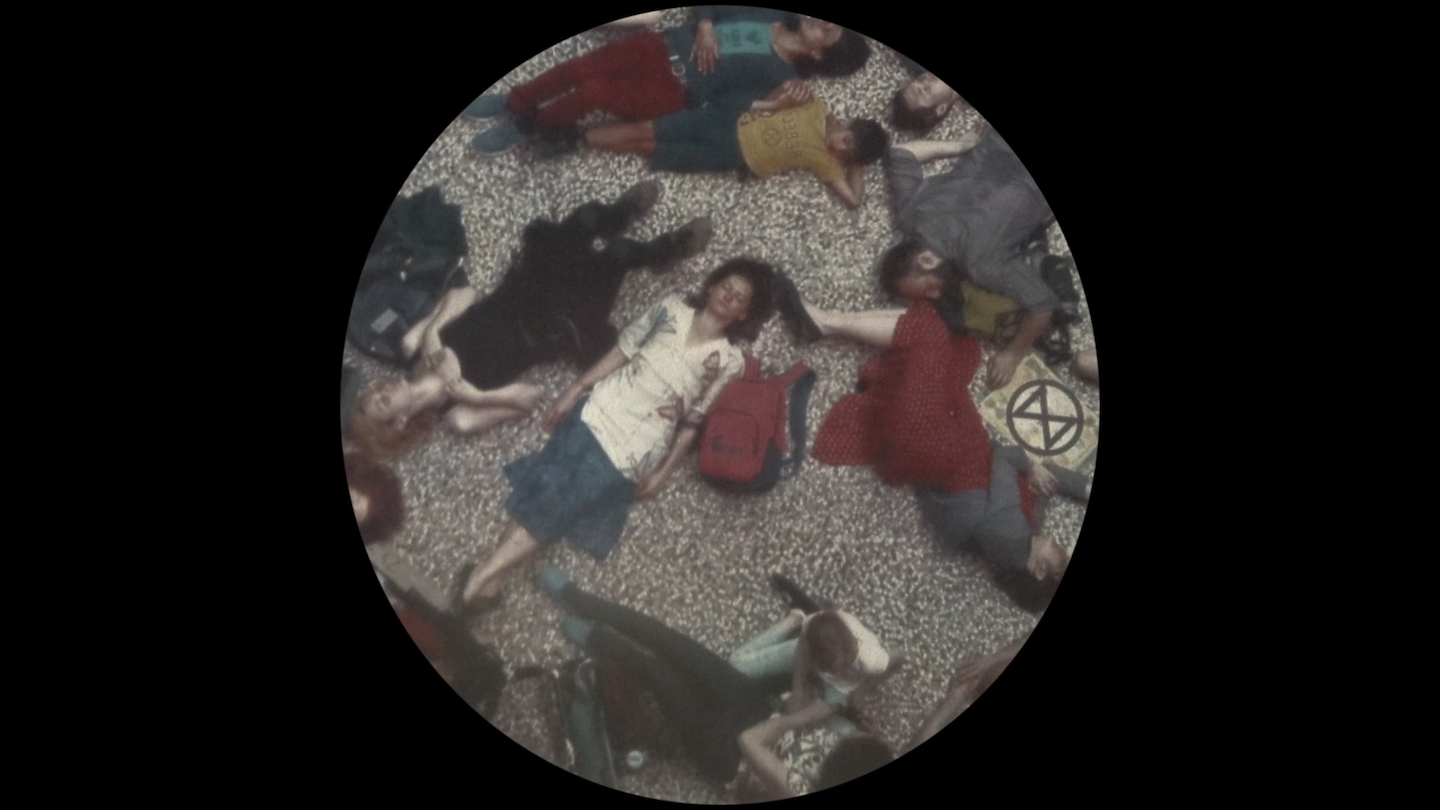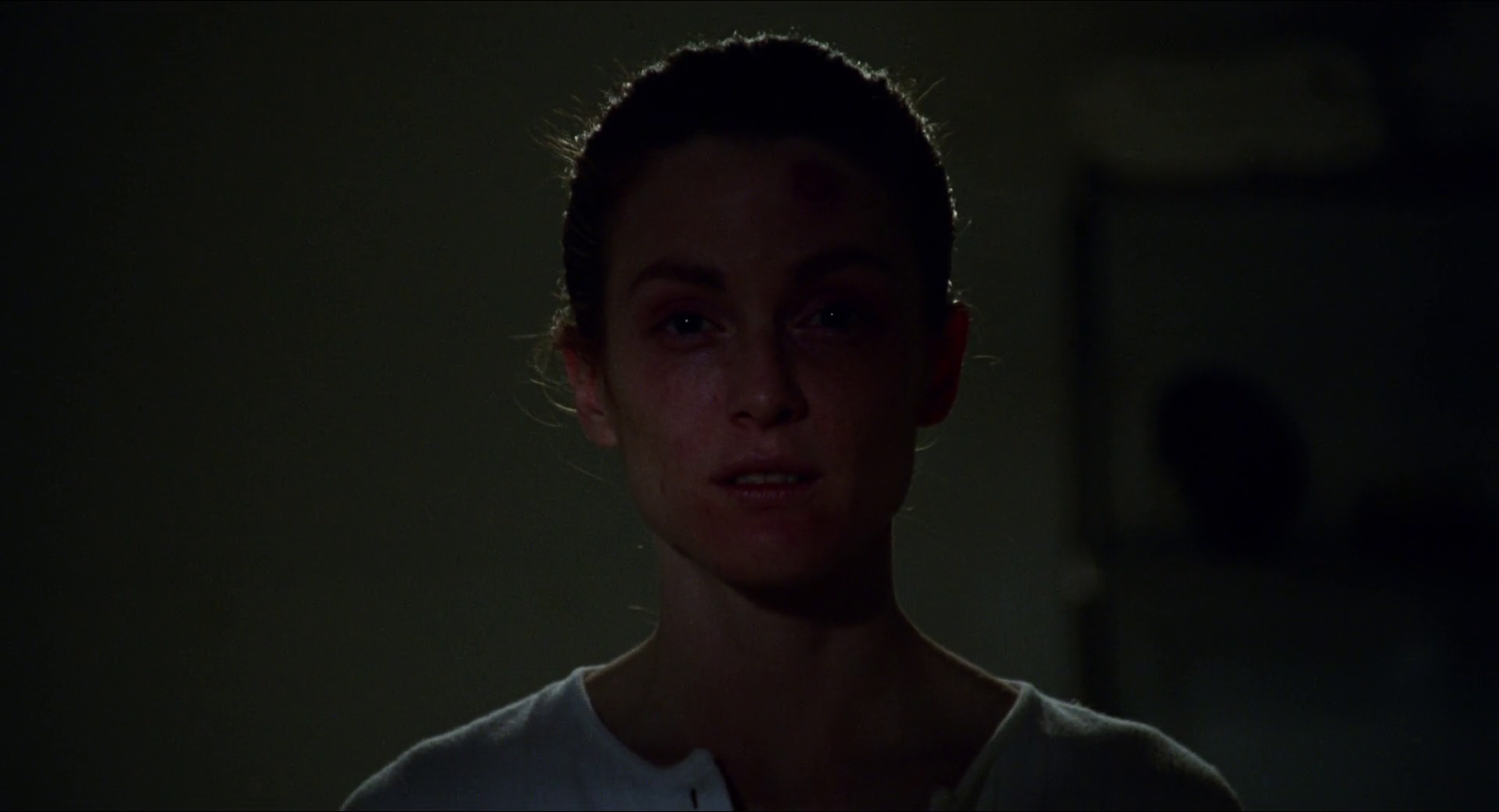January 22–February 26, 2011
With both parents working as practicing psychiatrists, Javier Téllez tells us that early in life he found it difficult to distinguish the boundaries between normalcy and pathology. Having experienced the plight of mental patients from an all-too-personal perspective, he soon began to embrace collaborations with the mentally afflicted as his preferred working method. Though formally diverse, his films La Passion de Jeanne d’Arc - Rozelle Hospital, (2004), Caligari und der Schlafwandler, (2008) or Oedipus MarshallI, (2006) all share a common thread: Téllez actively engages patients of local clinical facilities in the structuring of each project. The acting thus becomes a poignant testimony to the dialectics of authoritarianism and disenfranchisement, making manifest how exclusion, abandonment, and poverty are determining features of the patients' illnesses, from whose perspective society is a symptom and culture a communication code defined as much by what it excludes as by what it embraces.
His most recent show, "O Rinoceronte de Dürer" (Dürer’s Rhinoceros), at Arratia, Beer in Berlin, clearly elects the eponymous film Téllez shot in Lisbon in 2010 as its core piece. Originally commissioned by Isabel Carlos for CAM-Gulbenkian, the project was filmed at the panopticon of the Hospital Miguel Bombarda, built in 1896 and kept in use until chillingly recent times. Not unlike his other works, Dürer’s Rhinoceros enlists the psychiatric hospital’s day-patients to partake in the making of the script by imagining themselves living under extreme physical restriction. The film’s phlegmatic pace is punctuated by several texts–Plato’s Allegory of the Cave, Kafka’s The Burrow, or Jeremy Bentham’s letters on his concept of the panopticon–which, though in manifold ways, all can be said to revolve around the theme of a wondering gaze trapped in an immobile body. Javier Téllez’s themes are often conveyed through the recurrence of what one could call the props of literacy (the book, the blackboard, the diary, the reading) steadily haunted by legendary images and unconscious associations. While each patient reads out loud from the above-mentioned texts in the solitary confinement of dank cells, a taxidermic rhinoceros is pulled counter-clock-wise, like a camera dolly, around the inner yard. The animal directly alludes to Ganda, the ill-fated rhinoceros that King Manuel I of Portugal had sent to Pope Leo X as a gift–and the first ever to be seen in Europe since Roman times–which drowned in a shipwreck on the way to Rome. Whether or not Ganda’s corpse was retrieved remains the object of dispute, but what we know for sure is that Dürer–himself a saturnine personality who sketched the “spiritual" self-portrait Melencolia I–made an uncannily accurate engraving based mostly on hearsay and that his fantastically armored beast lingered in the European imagination long after Ganda was forgotten. The rhinoceros is a signifier of Portugal’s lost might and of saudosismo–a feeling of irretrievable loss and a building block in the identity the fascist regime concocted for a country, which missed out on modernity completely. When does style become a symptom, and whose symptom is it, one could ask. Ensnared in a wheel of allegorical closure, Dürer’s Rhinoceros is a memento mori, an emblem of constricted sexuality and a metaphor for cinema as the medium of mourning.
The show features yet another work, a recent sculpture which goes by the name of Matthew 19:24 ("It is easier for a camel to go through the eye of a needle, than for a rich man to enter into the kingdom of God"): a camel atop a table featuring a reproduction of a drawing by Kafka. The piece pays further testimony to Téllez’s penchant for what ecologists call "charismatic megafauna"–an elephant starred in Letter to the Blind… (2007)–while cracking the biblical parable of “the camel and the eye of a needle” through the intrusion of a visual pun: the camel is made of thread.

